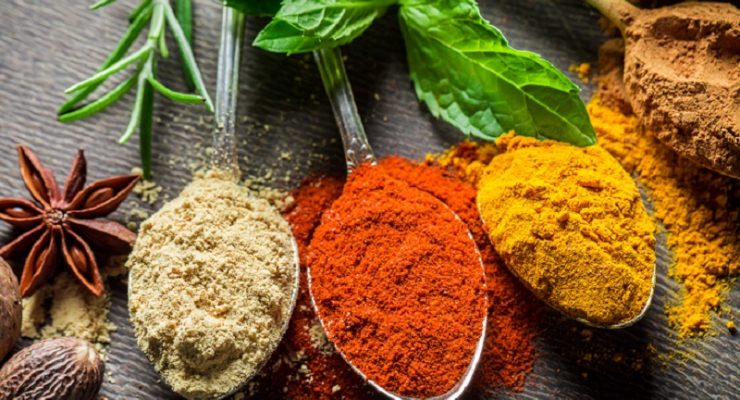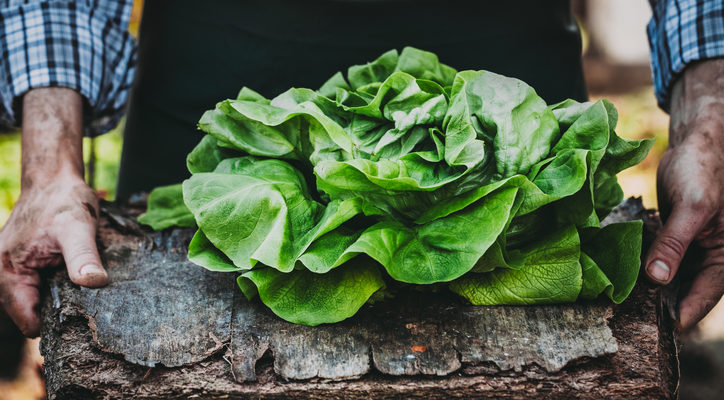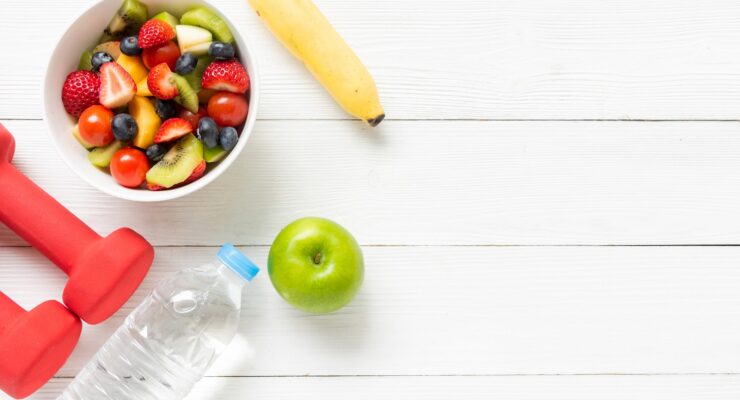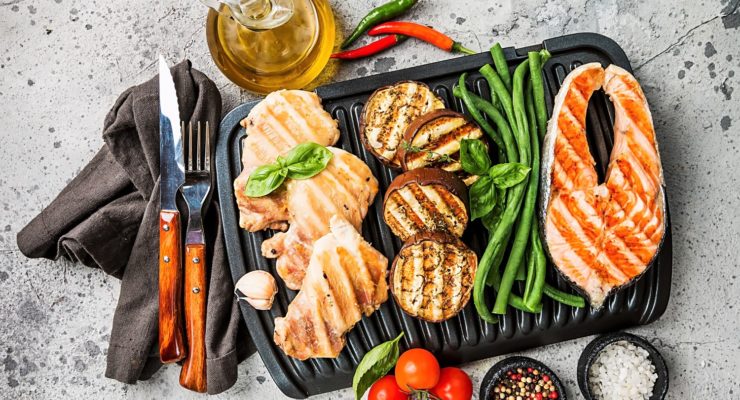Gardening with Scott: Everything You Need to Know About Herbs
Article posted in: Lifestyle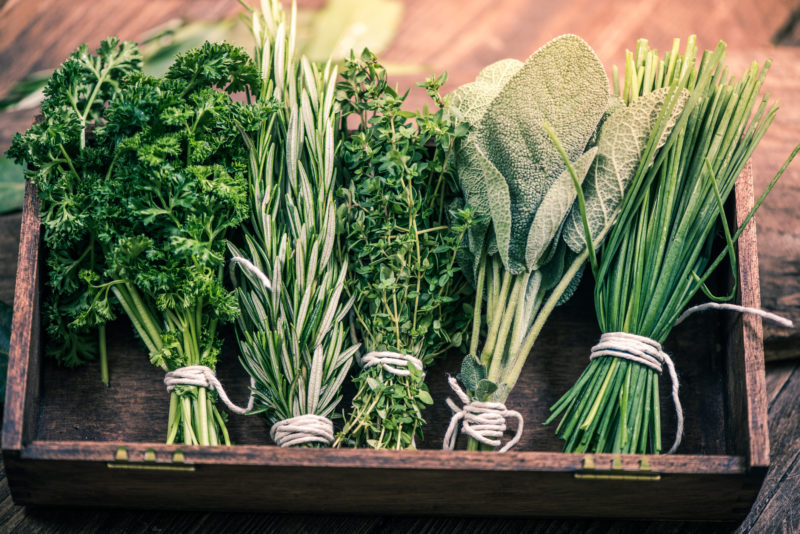
Herbs are one of the simplest secrets to healthy weight loss. Plants such as basil, thyme and rosemary are potent sources of flavor, turning ho-hum ingredients into meals you crave. Better yet, herbs are Free Foods on the Nutrisystem program because they have almost no calories or fat, so you can add as much of them as you want to just about any dish you like.
You’ll find cut herbs in the produce section of the supermarket and dried herbs in the spice aisle. Herbs are at their freshest and tastiest, however, when they’re snipped minutes before you use them. You can keep a supply of fresh herbs to eat whenever you want by growing them in little pots on a sunny windowsill, even in winter.
Here’s everything you need to know about herbs:
VARIETIES: You have lots of choices because many herbs fare well in containers indoors. If you have oregano, rosemary, thyme, sage, tarragon, mint, or chives in your outdoor garden, you can dig them up, break off pieces from the clumps and plant them in small pots to bring inside. Basil and dill are easy to start from seeds. The easiest way to go with most herbs is to buy little plants in pots, which are available at grocery stores or local nurseries.
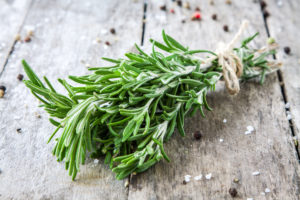
SITE: In winter, windows that face south and/or west provide the most light for plants. Keep the pots as close to the window as possible without letting them touch the glass, which can cause the leaves to freeze on cold days. If you don’t have a bright window, you can grow herbs under a two-tube fluorescent light fixture. Set the lights about six inches above the plants and leave them on 14 to 16 hours a day. Most herbs grow best when temperatures are around 65 degrees F during the day and 55 to 60 degrees F at night.
PLANTING: Herbs thrive in dry conditions, so be sure to use a loose, well-drained potting mix when you plant them. Soil from your garden is too heavy and holds too much moisture for indoor plants—they drown in soggy conditions. You can plant herbs in plastic, ceramic or terra cotta pots. The ideal container size for indoor herbs is about six inches in diameter.
CARE: For steady growth, your potted herbs need consistent moisture, but they rot when they’re constantly saturated. The air inside your home is

likely to be dry in winter, which helps keep herbs from staying sodden. To check if they need water, push your finger into the soil. If it’s dry around your first knuckle, give the plants a drink, then let them dry fully before watering again. To keep herbs producing new leaves, feed them with a dilute organic fertilizer once a month. Don’t overfeed your plants with the hope that they’ll grow more vigorously—just like with people, too much food leads to poor health.
HARVEST: The pleasure of growing your own herbs is that you can use them anytime you’d like to bump up the flavor of one of your meals, whether it’s one of Nutrisystem’s delicious options or a flex meal you make yourself. For the best taste, snip off a sprig or two just before you’re ready to eat—fresh herbs tend to lose their flavor when cooked for a long time. Be sure to cut off no more than one-third of the leaves at any time so the plants can continue gathering light and growing.
NEXT YEAR: Come spring, when night temperatures stay in the low fifties, you can move your plants outside. Place them in shade initially to acclimate them to the outdoors and after about two weeks outside, you can plant them in the ground or in any sunny spot. They’ll be ready to come inside again when the weather turns cool in fall.

